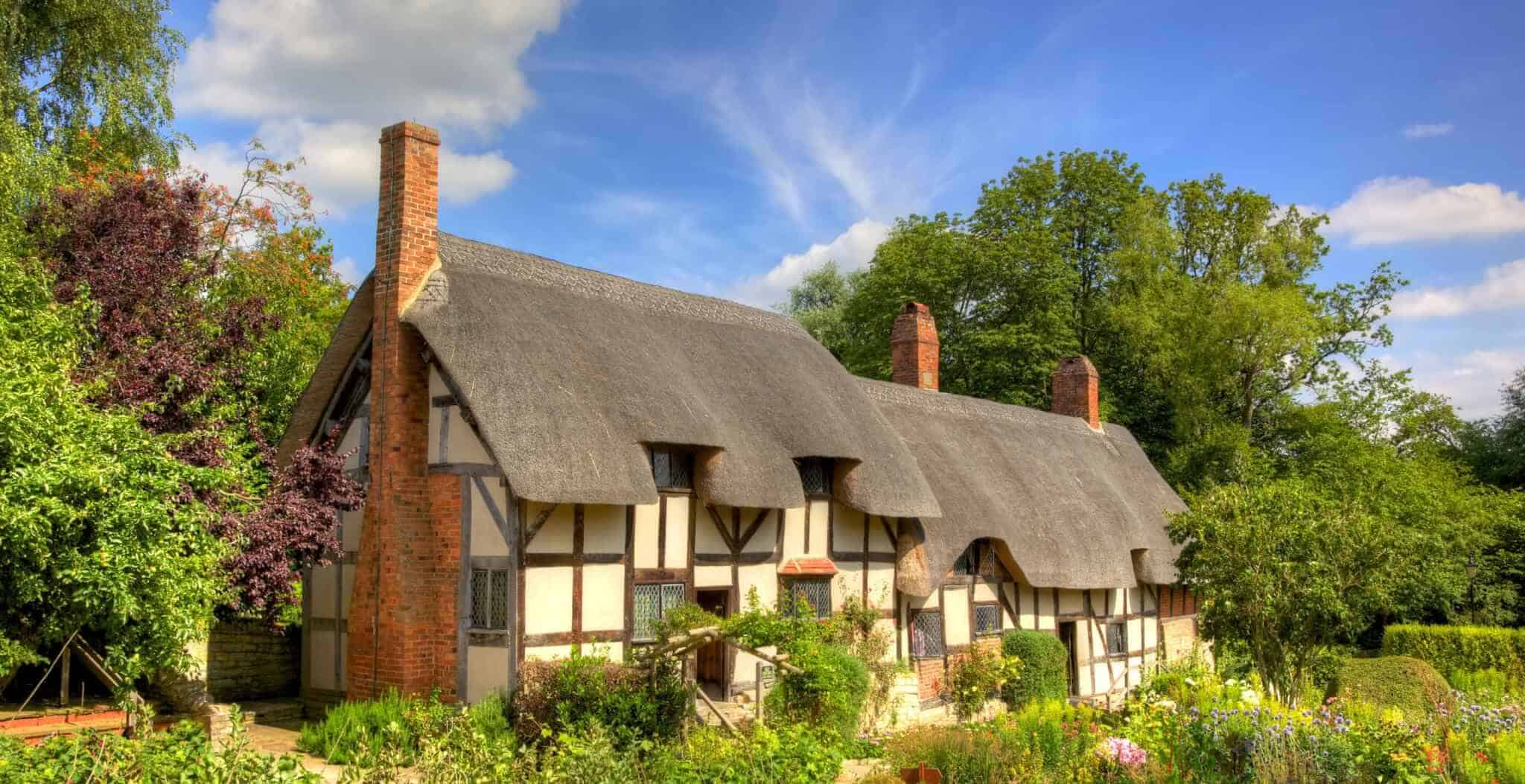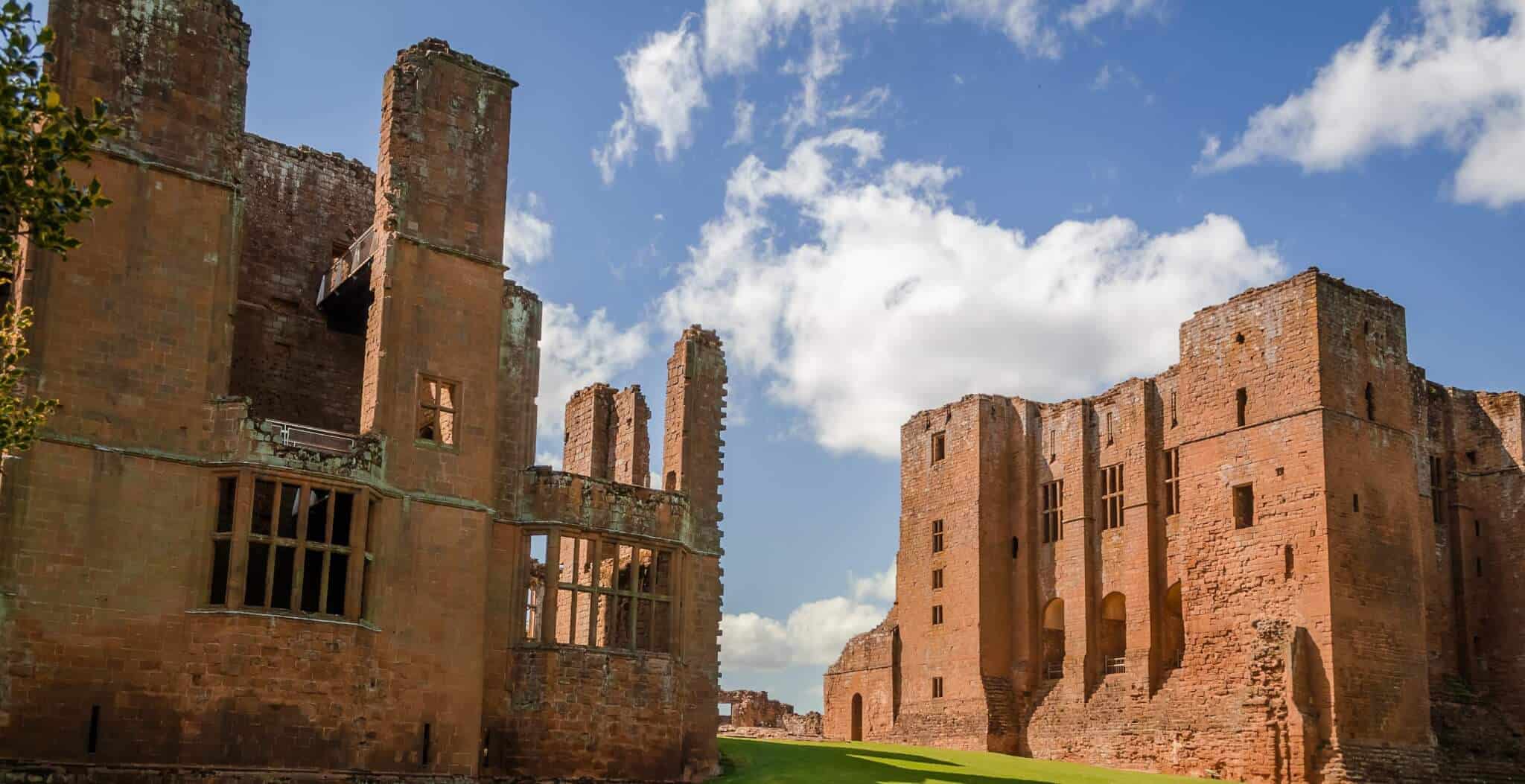Oxford is the county town of Oxfordshire and famous worldwide for its prestigious university, the oldest in the English-speaking world. In his poem ‘Thyrsis’ the Victorian poet Matthew Arnold called Oxford ‘the city of dreaming spires’ after the stunning architecture of these university buildings.
Two rivers run through Oxford, the Cherwell and the Thames (Isis), and it is from this riverside situation that Oxford got its name in Saxon times, ‘Oxenaforda’ or ‘Ford of the Oxen’. In the 10th century Oxford became an important frontier town between the kingdoms of Mercia and Wessex and was also strategically important to the Normans who in 1071 built a castle there, first in timber and later in the 11th century, in stone. Oxford Castle played an important part in The Anarchy in 1142 when Matilda was imprisoned there, and later, like many other castles, was mostly destroyed during the English Civil War.
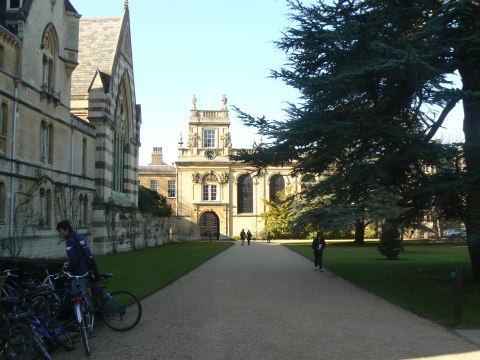
The University of Oxford is first mentioned in the 12th century although the exact date of its foundation is unknown. The University expanded rapidly from 1167 when Henry II banned English students from attending the University of Paris and the returning students settled in Oxford. However, in 1209 a student fled the city after apparently murdering his mistress, and the townsfolk retaliated by hanging two students. The ensuing riots resulted in some academics fleeing to nearby Cambridge and establishing the University of Cambridge. The relationship between “town and gown” was often uneasy – as many as 93 students and townspeople were killed in the St Scholastica Day Riot of 1355.
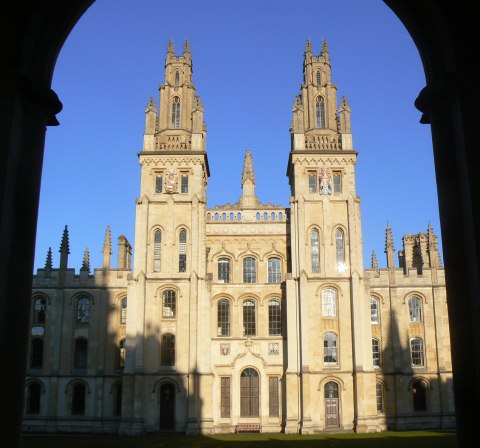
Oxford is a collegiate university, made up of 38 colleges and six permanent private halls. The oldest of Oxford’s colleges are University College, Balliol, and Merton, established sometime between 1249 and 1264. Founded by Henry VIII with Cardinal Wolsey, Christ Church is the largest Oxford college and uniquely, the Cathedral seat of Oxford. Most of the colleges are open to the public, but visitors should check opening times. As the colleges are in use by students, visitors are asked to respect the areas marked as private.
The historic centre of Oxford is small enough to explore on foot and within easy walking distance of the bus and rail stations. There are many ways to discover this beautiful city: open bus tours, walking tours, river cruises and you can even hire a punt or a rowing boat from Folly Bridge, Magdalen Bridge or Cherwell Boathouse.
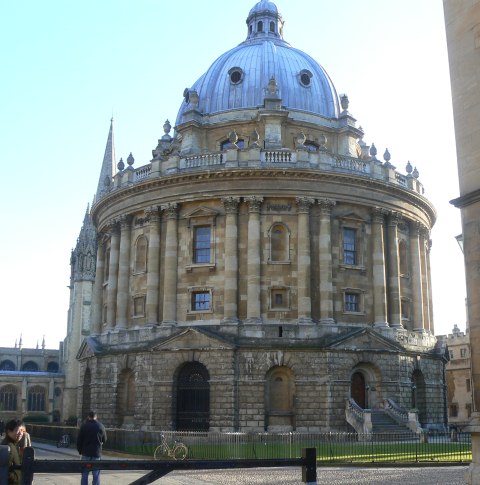
One of the most iconic buildings in Oxford is The Radcliffe Camera in Radcliffe Square with its distinctive circular dome and drum. Built in 1749 to house the Radcliffe Science Library, the Radcliffe Camera (camera is another word for ‘room’) is now a reading room for the Bodleian Library.
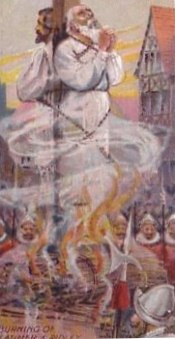 The building is not open to the public except as part of a tour of the Bodleian Library. Known informally as “The Bod”, the Bodleian Library on Broad Street was opened in 1602 by Thomas Bodley with a collection of 2,000 books. Today, there are 9 million items.
The building is not open to the public except as part of a tour of the Bodleian Library. Known informally as “The Bod”, the Bodleian Library on Broad Street was opened in 1602 by Thomas Bodley with a collection of 2,000 books. Today, there are 9 million items.
In 1555 during the reign of the Catholic Queen Mary (‘Bloody Mary’) the Oxford Martyrs were burnt at the stake for their religious beliefs. The martyrs were the Protestant Archbishop Thomas Cranmer and bishops Hugh Latimer and Nicholas Ridley (all incidentally educated at Cambridge) who were tried for heresy and subsequently burnt at the stake. The site on what is now Broad Street is marked by a cross set into the road and there is also a plaque in the wall of Balliol College. Designed by Sir George Gilbert Scott and erected in 1843, the Martyrs’ Memorial stands just around the corner from Broad Street on St. Giles.
Officially opened in 1683, Oxford’s Ashmolean Museum on Beaumont Street is Britain’s oldest public museum and possibly the world’s oldest museum. It is home to Oxford University’s art and archaeology collections and admission is free.
Completed in 1914 to connect two parts of Hertford College, Hertford Bridge is often called the Bridge of Sighs because of the similarity to the famous bridge in Venice. Actually it was never intended to be a replica of any existing bridge.
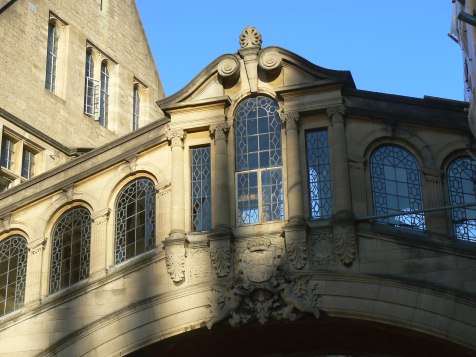
Oxford’s beautiful historic centre has starred in many films and television series. Scenes from the Harry Potter films were shot at Oxford University; the Great Hall was the setting for Hogwart’s dining room and the Library doubled as Hogwart’s Infirmary.
But Oxford is most firmly associated with TV’s ‘Inspector Morse’. It was the setting, and some might say one of the stars, of the TV series.
Getting here
Oxford is easily accessible by both road and rail, please try our UK Travel Guide for further information.
Museums
View our interactive map of Museums in Britain for details of local galleries and museums.



